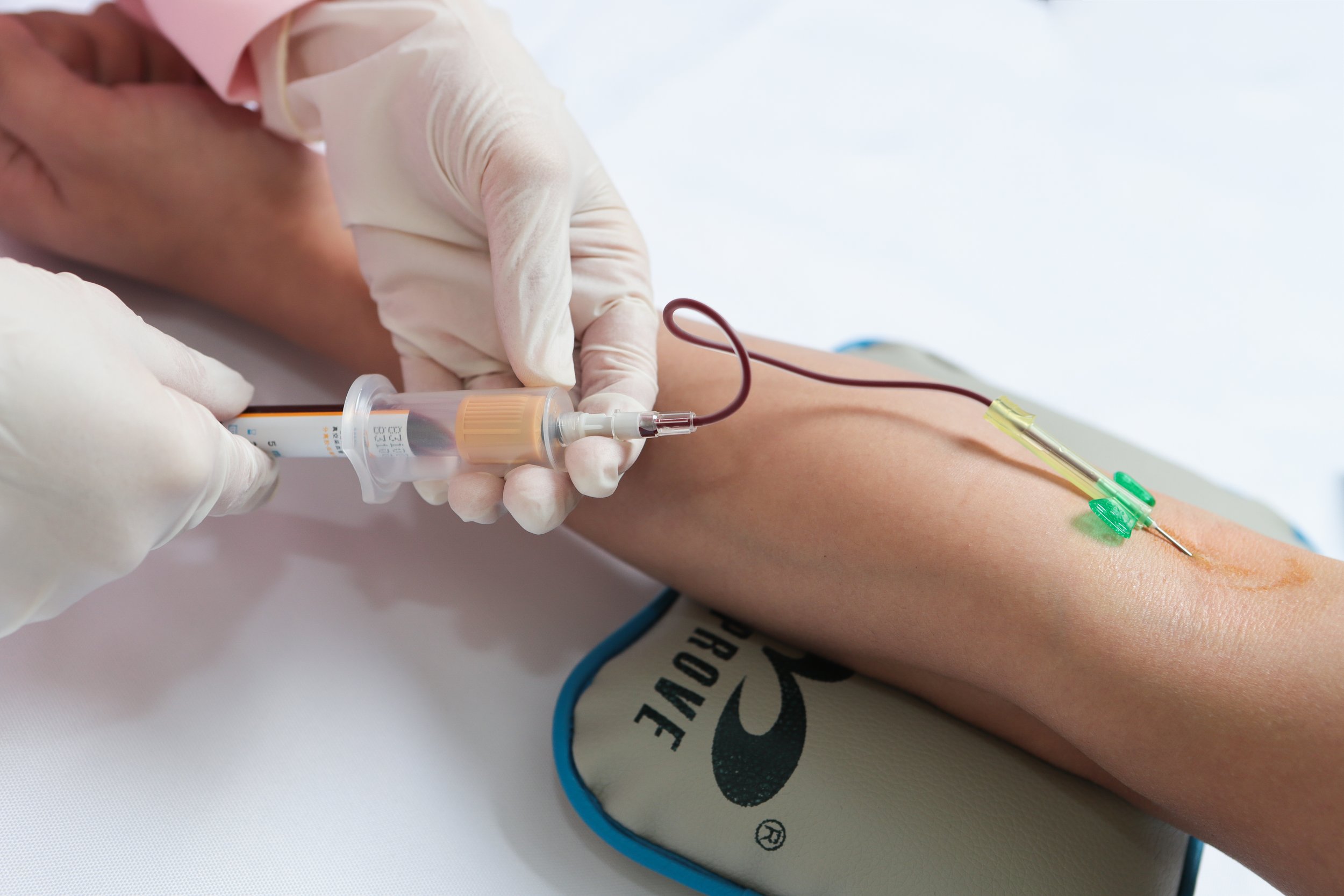Ensuring a Continuous Supply of Medical Supplies in Medical Labs and Phlebotomy Settings: Key Strategies for Success
Summary
- Establishing strong relationships with multiple suppliers
- Maintaining a well-organized inventory system
- Having a contingency plan in place for emergency situations
Introduction
Medical labs and phlebotomy settings are vital components of the healthcare system in the United States. They rely heavily on a steady supply of medical supplies to carry out essential Diagnostic Tests and procedures. However, unexpected disruptions in the Supply Chain can severely impact their ability to provide quality care to patients. In this article, we will discuss steps that can be taken to ensure a continuous supply of medical supplies in case of unexpected disruptions in a medical lab or phlebotomy setting in the United States.
Establishing Strong Relationships with Multiple Suppliers
One of the key steps to ensure a continuous supply of medical supplies is to establish strong relationships with multiple suppliers. By having multiple suppliers, medical labs and phlebotomy settings can reduce their dependency on a single supplier and minimize the risk of Supply Chain disruptions. Building strong relationships with suppliers can also help in negotiating better prices, receiving priority during shortages, and ensuring timely delivery of supplies.
Key strategies for establishing strong relationships with suppliers include:
- Regular communication: Maintaining open lines of communication with suppliers to keep them informed about your needs and requirements.
- Quality assurance: Ensuring that suppliers meet Quality Standards and adhere to regulatory requirements.
- Payment terms: Negotiating favorable payment terms with suppliers to improve cash flow and maintain a steady supply of supplies.
- Contract agreements: Developing written contract agreements with suppliers to clearly outline expectations and responsibilities.
Maintaining a Well-Organized Inventory System
Another important step to ensure a continuous supply of medical supplies is to maintain a well-organized inventory system. An efficient inventory system can help medical labs and phlebotomy settings keep track of their supplies, identify shortages or excess inventory, and make timely orders to replenish stock. By implementing an inventory management system, healthcare facilities can reduce the risk of running out of critical supplies and improve overall operational efficiency.
Key components of a well-organized inventory system include:
- Inventory tracking software: Using specialized software to monitor inventory levels, track usage patterns, and generate automated reorder alerts.
- Regular audits: Conducting periodic audits of inventory to identify Discrepancies, minimize waste, and optimize stock levels.
- Storage organization: Properly organizing supplies in designated storage areas to facilitate easy access, prevent damage, and ensure efficient Workflow.
- Supply Chain visibility: Collaborating with suppliers to improve visibility into the Supply Chain and anticipate potential disruptions in advance.
Having a Contingency Plan in Place for Emergency Situations
Despite taking proactive measures to ensure a continuous supply of medical supplies, unexpected disruptions can still occur due to unforeseen circumstances such as natural disasters, pandemics, or political unrest. In such emergency situations, having a contingency plan in place can help medical labs and phlebotomy settings respond effectively and mitigate the impact of Supply Chain disruptions.
Key components of a contingency plan for emergency situations include:
- Risk assessment: Identifying potential risks and vulnerabilities in the Supply Chain to develop appropriate contingency measures.
- Alternative suppliers: Establishing relationships with backup suppliers to source supplies in case of emergencies or shortages.
- Emergency stockpile: Maintaining a strategic reserve of essential supplies to ensure continuity of operations during disruptions.
- Communication protocols: Establishing communication protocols with staff, suppliers, and stakeholders to coordinate emergency response efforts.
Conclusion
Ensuring a continuous supply of medical supplies is essential for the smooth functioning of medical labs and phlebotomy settings in the United States. By taking proactive steps such as establishing strong relationships with suppliers, maintaining a well-organized inventory system, and having a contingency plan in place for emergency situations, healthcare facilities can enhance their resilience to Supply Chain disruptions and continue to deliver quality care to patients.

Disclaimer: The content provided on this blog is for informational purposes only, reflecting the personal opinions and insights of the author(s) on the topics. The information provided should not be used for diagnosing or treating a health problem or disease, and those seeking personal medical advice should consult with a licensed physician. Always seek the advice of your doctor or other qualified health provider regarding a medical condition. Never disregard professional medical advice or delay in seeking it because of something you have read on this website. If you think you may have a medical emergency, call 911 or go to the nearest emergency room immediately. No physician-patient relationship is created by this web site or its use. No contributors to this web site make any representations, express or implied, with respect to the information provided herein or to its use. While we strive to share accurate and up-to-date information, we cannot guarantee the completeness, reliability, or accuracy of the content. The blog may also include links to external websites and resources for the convenience of our readers. Please note that linking to other sites does not imply endorsement of their content, practices, or services by us. Readers should use their discretion and judgment while exploring any external links and resources mentioned on this blog.
